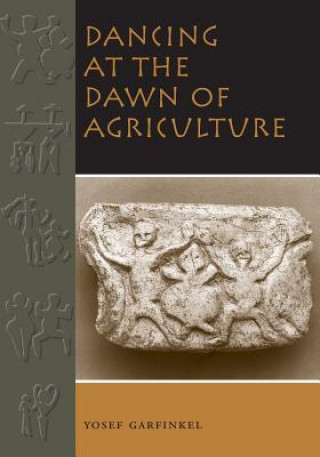
Code: 05134029
Dancing at the Dawn of Agriculture
by Yosef Garfinkel
As the nomadic hunters and gatherers of the ancient Near East turned to agriculture for their livelihood and settled into villages, religious ceremonies involving dancing became their primary means for bonding individuals into com ... more
- Language:
 English
English - Binding: Paperback
- Number of pages: 346
Publisher: University of Texas Press, 2014
- More about this

53.56 €
RRP: 56.40 €
You save 2.84 €
Availability:
50/50 We think title might be available. Upon your order we will do our best to get it within 6 weeks.
We think title might be available. Upon your order we will do our best to get it within 6 weeks.We search the world
You might also like
-

Social Construction
113.02 € -

Sedulius, The Paschal Song and Hymns
53.56 € -2 % -

Amazonia
40.04 € -

Cultural Encounters in Translation from Arabic
170.15 € -
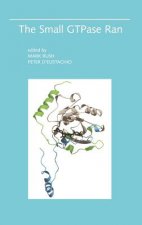
The Small GTPase Ran
122.07 € -

Isaac Watts
10.66 € -18 % -

Public Procurement in China
179.80 €
Give this book as a present today
- Order book and choose Gift Order.
- We will send you book gift voucher at once. You can give it out to anyone.
- Book will be send to donee, nothing more to care about.
Availability alert
Enter your e-mail address and once book will be available,
we will send you a message. It's that simple.
More about Dancing at the Dawn of Agriculture
You get 133 loyalty points
 Book synopsis
Book synopsis
As the nomadic hunters and gatherers of the ancient Near East turned to agriculture for their livelihood and settled into villages, religious ceremonies involving dancing became their primary means for bonding individuals into communities and households into villages. So important was dance that scenes of dancing are among the oldest and most persistent themes in Near Eastern prehistoric art, and these depictions of dance accompanied the spread of agriculture into surrounding regions of Europe and Africa.In this pathfinding book, Yosef Garfinkel analyzes depictions of dancing found on archaeological objects from the Near East, southeastern Europe, and Egypt to offer the first comprehensive look at the role of dance in these Neolithic (7000-4000 BC) societies. In the first part of the book, Garfinkel examines the structure of dance, its functional roles in the community (with comparisons to dance in modern pre-state societies), and its cognitive, or symbolic, aspects. This analysis leads him to assert that scenes of dancing depict real community rituals linked to the agricultural cycle and that dance was essential for maintaining these calendrical rituals and passing them on to succeeding generations. In the concluding section of the book, Garfinkel presents and discusses the extensive archaeological data--some 400 depictions of dance--on which his study is based.
 Book details
Book details
Book category Books in English The arts History of art / art & design styles History of art: pre-history
53.56 €
- Full title: Dancing at the Dawn of Agriculture
- Author: Yosef Garfinkel
- Language:
 English
English - Binding: Paperback
- Number of pages: 346
- EAN: 9780292745230
- ISBN: 0292745230
- ID: 05134029
- Publisher: University of Texas Press
- Weight: 668 g
- Dimensions: 181 × 256 × 21 mm
- Date of publishing: 15. April 2014
Trending among others
-
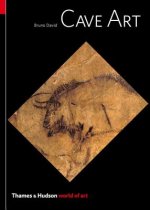
Cave Art
18.49 € -23 % -

What Is Paleolithic Art?
26.21 € -
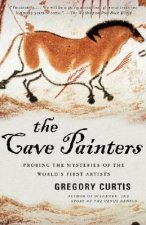
Cave Painters
14.42 € -21 % -
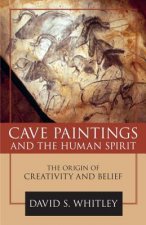
Cave Paintings and the Human Spirit
23.27 € -18 % -

Creativity in the Bronze Age
145.24 € -
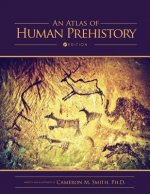
Atlas of Human Prehistory
135.38 € -

History of the Art of Antiquity
74.50 € -10 % -
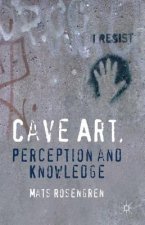
Cave Art, Perception and Knowledge
61.89 € -
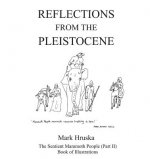
Reflections from the Pleistocene
13.92 € -19 % -
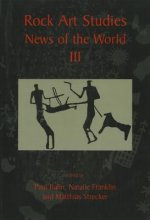
Rock Art Studies - News of the World Volume 3
89.54 € -1 % -
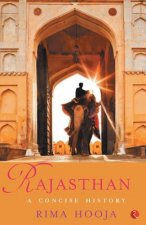
RAJASTHAN
46.14 € -

Mughal Painting
24.89 € -
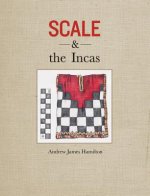
Scale and the Incas
82.32 € -
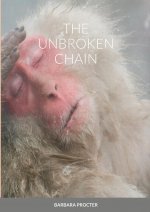
Unbroken Chain
39.12 € -
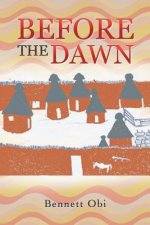
Before the Dawn
17.47 € -2 % -
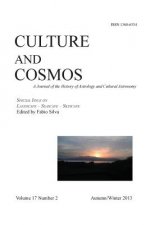
Culture and Cosmos Vol 17 Number 2
26.93 € -

Rock Art and the Wild Mind
59.15 € -

Companion to Rock Art
218.53 € -

Elevated Rock Art
55.29 € -1 % -
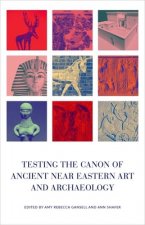
Testing the Canon of Ancient Near Eastern Art and Archaeology
158.66 € -

ARYAN AVATARS From pre-historic nomads to settlers in the Pacific
18.39 € -
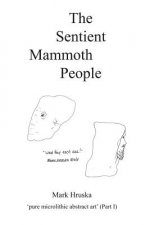
Sentient Mammoth People
17.17 € -18 % -

Gozo, Malta Environmental History
25.91 € -19 % -

Overlay
26.11 € -

Masters of Fire
74.09 € -
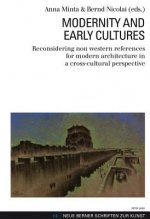
Modernity and Early Cultures
64.33 € -
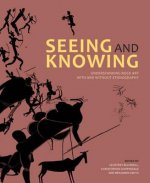
Seeing and Knowing
46.65 € -
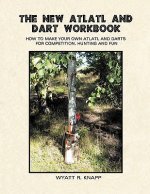
New Atlatl And Dart Workbook
23.78 € -

Breaking the Surface
54.07 € -

Rock Art Of Kentucky
36.58 € -
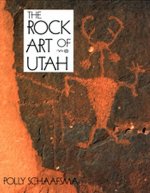
Rock Art Of Utah
24.08 € -4 % -

Bonaire History and Culture for tourism
25.91 € -19 % -

Martinique History and Culture
25.91 € -19 % -
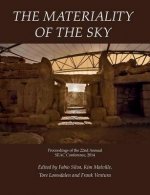
Materiality of the Sky
47.15 € -

Breaking the Surface
155 € -

Seed of Imagination
40.55 € -4 % -

Art, Nature, and Religion in the Central Andes
44.21 € -

East Timor (Timo Leste)
25.91 € -19 % -
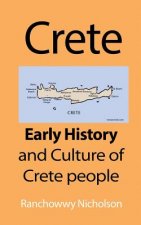
Crete
25.91 € -19 % -

Scenes from Deep Time
108.85 € -

Prehistoric Rock Art in Cumbria
28.76 € -9 % -

Prehistoric Rock Art in the North York Moors
35.06 € -9 % -
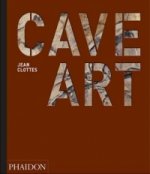
Cave Art
102.35 €
Collection points Bratislava a 2642 dalších
Copyright ©2008-24 najlacnejsie-knihy.sk All rights reservedPrivacyCookies


 15549 collection points
15549 collection points Delivery 2.99 €
Delivery 2.99 € 02/210 210 99 (8-15.30h)
02/210 210 99 (8-15.30h)